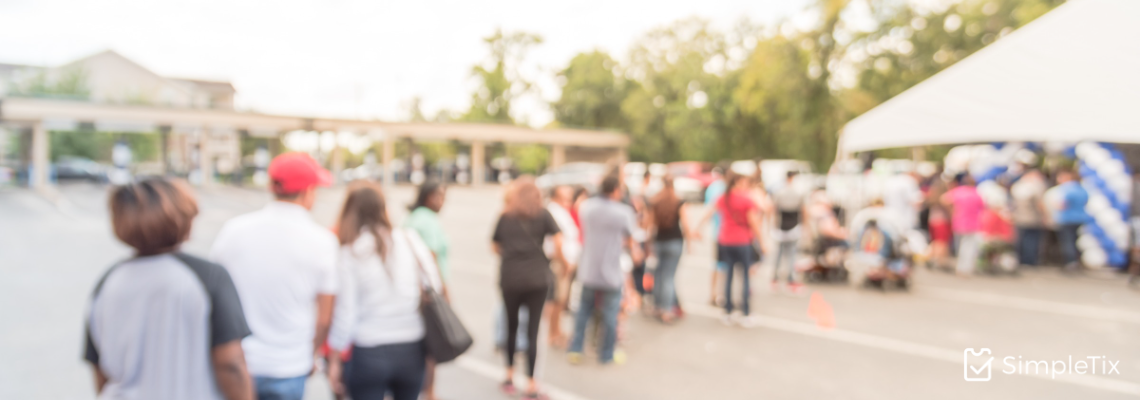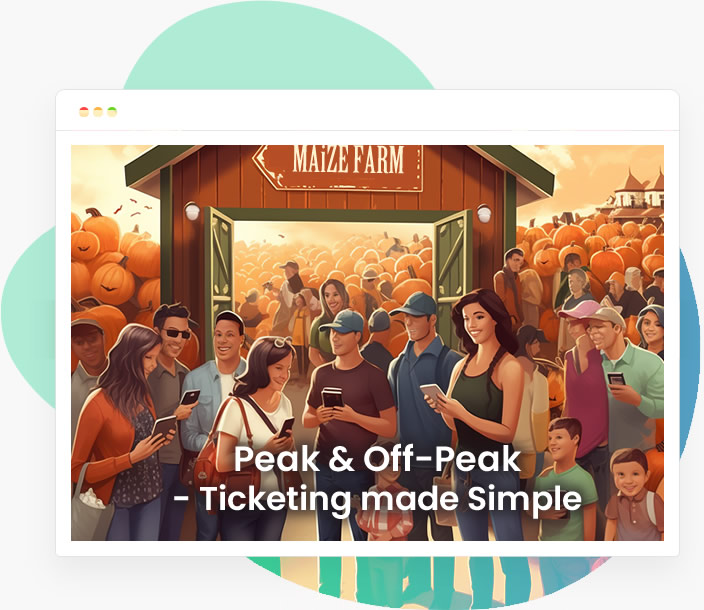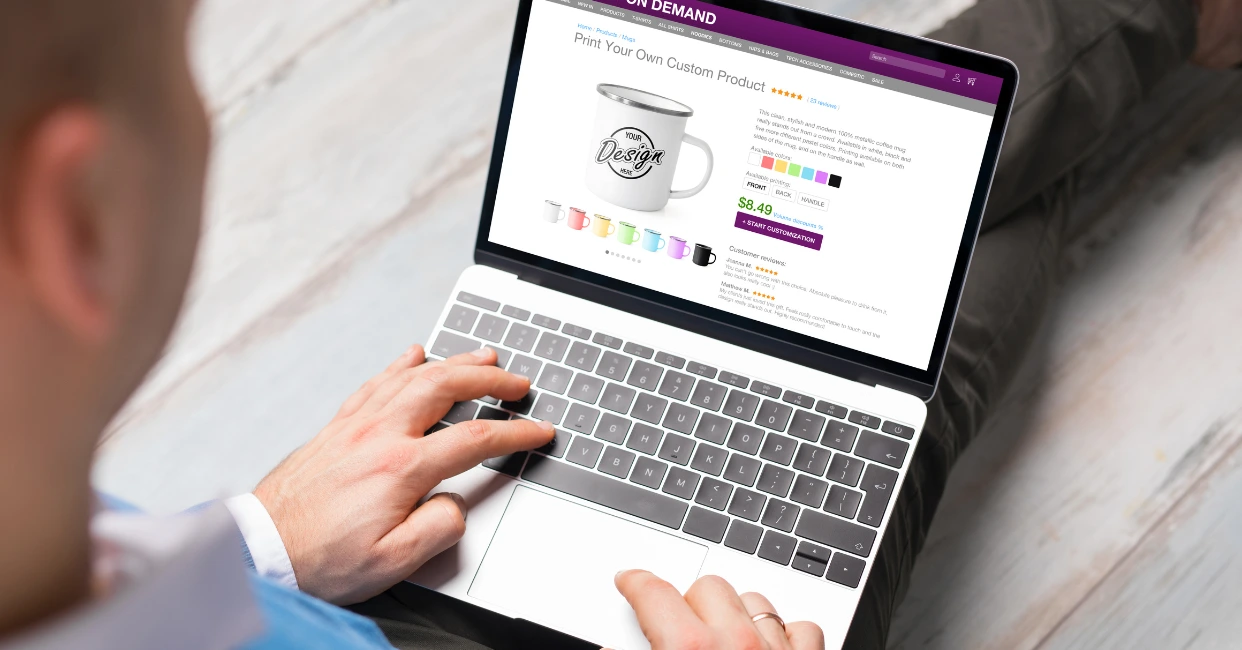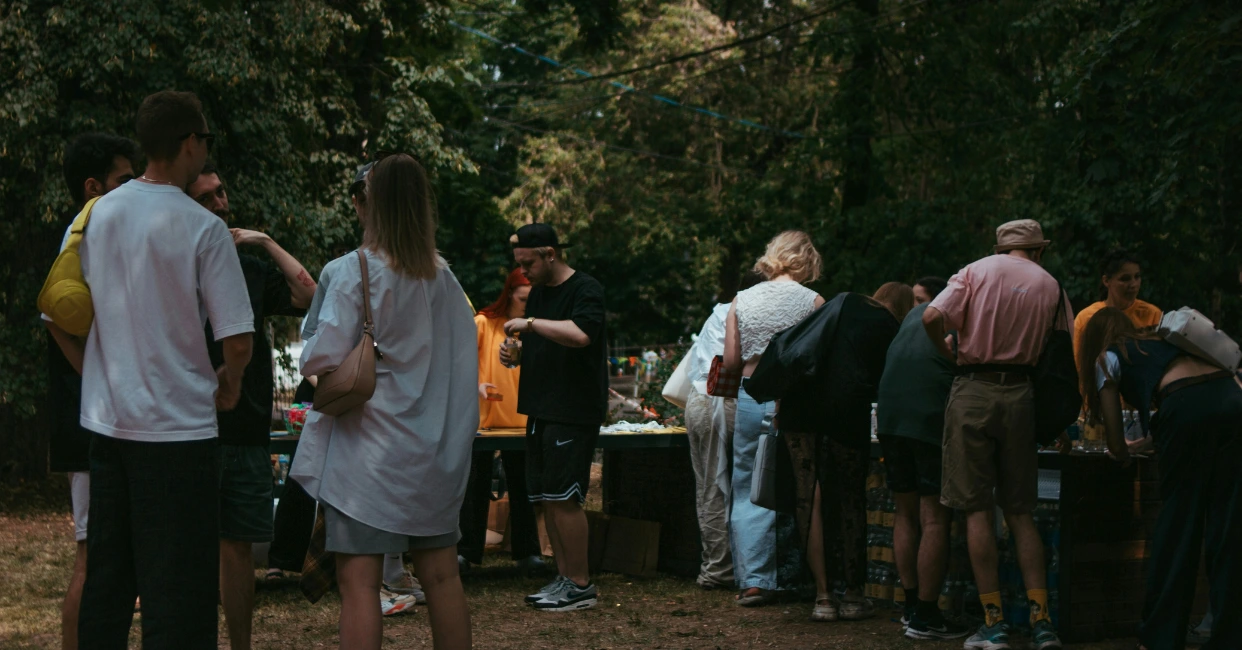4 use cases for timed entry ticketing that have nothing to do with COVID
The event ticketing industry has undergone fundamental changes since March 2020. The way people interacted with each other during the pandemic brought to light new ways of thinking about how we gather together, and as a society, we have shifted some of these interactions. Some of these changes—remote work is an obvious example—‚are here to stay. Many of these modifications were for health and safety concerns, but two and a half years later, a few of these adaptations have morphed how we gather for our leisure or lifestyle pursuits. Timed entry event ticketing is one of these examples.
As we move into the “new normal” of running events after COVID, expect some of these changes to our industry to stick around. Your attendees became used to timed entry as the “business as usual” way of attending gatherings during COVID, and many of them now still enjoy the benefits that these ticket types bring to their lifestyle.
Timed entry ticketing makes your event workflow easier and your attendees happier.
Some cultural institutions and other event venues are ending their timed entry ticketing options, but other operations are leaning into this option to make improvements in their workflow and customer experience. Timed entry ticketing seems like an obvious solution for drive-in theaters, museum exhibitions, and farm and agritourism events. Event managers that operate seasonal events like haunted houses or holiday light exhibitions will benefit from this ticketing category as well. Think about this solution the next time you see the line stretching down the block from your ticket gate right before your event starts. Timed entry removes friction points from almost every type of event.
Timed entry is not as restricting as you might think. While you have ultimate control over the flexibility of your event ticketing software, your customers don’t have to be married to a specific time, even after they have purchased their tickets. If an attendee wants to change their time slot, they can do so all on their own, as changing an event time is super easy! This doesn’t have to be a process that bogs down your ticket sales department – the application can take care of it all and send your staff the proper reporting and notifications.
While timed entry is still a Center for Disease Control and Prevention recommendation for events in 2022, COVID isn’t the only reason you should consider this event ticketing category. Timed entry can make your operation workflow so much easier in so many ways. It’s all about how you choose to leverage your event ticketing software. Below are four use cases to keep in mind when you consider how timed entry ticketing might improve your event workflow.
Use Case 1: Crowd Control

Crowds can be a problem at many events. A surge in event attendees can cause parking issues, long lines for entry to your event, traffic issues near your operation, and difficulties for security personnel to keep everyone safe. This is pretty typical for most events like drive-in theaters or concert venues; 15 minutes before event time always seems to be the worst! By minimizing this crush, you can remove some of these headaches while also extending better service to your event customers!
Timed entry ticketing lets you assign attendees to specific time slots, typically at 15-minute increments or whatever increment best fits your event. With these selected time slots, your attendees don’t all arrive at once, so you can ensure a better experience for them! Your guests can enjoy their event better when there are shorter lines and the event venue isn’t overly packed. They have more time to stop off and purchase some tasty snacks at the concessions stand or look over your cool merch before leisurely moving to their assigned seating. Time entry ticketing allows you to mitigate the rush that the crowd typically brings, which ensures your attendees will have a more relaxed experience at your event.
Use Case 2: Designate windows of time for specific age groups

Not every event is appropriate for children, as we all know, but it’s nice to have options in your event ticketing platform. Some events might benefit from the kid-friendly slot or adult-only time periods. Timed entry allows you to set different categories in your ticketing options.
Let’s say you run a haunted house attraction, and you want to have the corn maze/ pumpkin ride for the families with children but also the creepy guts and gore splatter fest for the late teens and adults. With timed entry ticketing, you can create both types of events and ensure that you keep your segmented markets equally happy—and one with less fake blood on their shirts…
And this type of ticketing categorization has tons of flexibility built into the workflow. You don’t have to block out entire days or create special ticket types to host those specific times for these disparate events. Timed entry ticketing makes it easy for your customers to select the right event for their group and presents a user-friendly interface for the back of the house, too.
Use Case 3: Alleviate the burdens of inventory management

Running out of popcorn, t-shirts, rentals, or other concessions and merchandise is never something your event staff wants to experience. This leads to unhappy guests, long lines waiting for the experiences, and catty reviews left after the event.
By implementing SimpleTix as your event ticketing solution, you can guarantee that you don’t run out of rentals or other upsells for your guests. Timed entry ticketing lets your staff know exactly how many guests they can expect at each designated time slot, so they can ensure they have enough popcorn popped, foot longs on the hot dog roller, and appropriately stocked merch tables.
Timed entry ticketing affords you the flexibility to limit the number of tickets for a specific time slot so that you won’t run out of ice skates, wagons, etc., for your guests. By building in the appropriate inventory ahead of time and reflecting this number in your time slots, you avoid a negative customer interaction at your event.
Use Case 4: Better Staffing Allocation

With timed entry, you need to staff fewer employees at the gate to check people into your event. The entry lines will reflect the appropriate time slot, so they won’t be overly long, and you might not even need a full complement of staff at the gate for the entire event timeline.
With staffing challenges removed by timed entry ticketing, you can use that staff that would have been at the entry gate for other aspects of your event operations (cleaning, concessions, alcohol monitors, etc.). With more staff on the floor, interacting with attendees and addressing their needs, you’ll build better customer satisfaction and customer loyalty to your future events.
When you compile the data generated from your event ticket sales, a timed entry paradigm will naturally evolve in your reports. You’ll have real-time data to analyze your entry rush, such as what time and on which specific days of the week event attendance is highest. This data helps you determine time slots for your next event. With this functionality, you can control attendee capacity and prevent overwhelming your event staff. When properly implemented, you can do more with less staff, which increases your operation’s productivity and profitability. Timed entry ticketing is a win-win ticketing category.
Let us know how we might be able to help you implement timed entry options into your event ticketing operation.
SimpleTix has offered an affordable, premium event ticketing platform that outperforms Eventbrite and similar apps for over 12 years. Compared to the competition, SimpleTix offers better options at a better price point. To learn more, call us at +1 (855) 550-3670 or email us here.
Latest News






